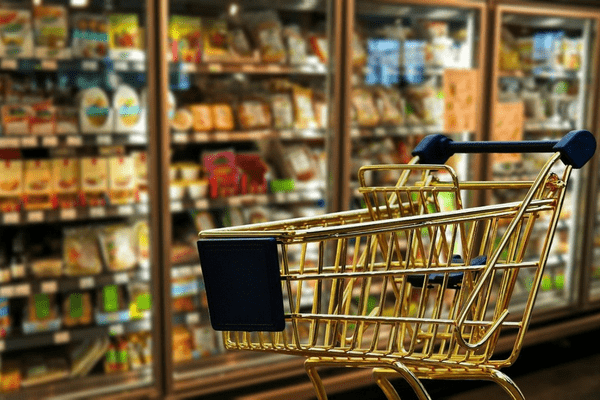According to a Nuvama report, general trade’s historical domination of the distribution channel is not under threat even though India’s fast moving consumer goods (FMCG) sector has shown exceptional agility in keeping up with the times by turning to online sales across segments.
“Quick commerce is the poster boy of this online shift, and it is evident in metro and Tier 1 cities post-covid in grocery and dairy. We expect FMCG players to continue to build on their focus on new-age distribution channels, which are showing great appetite for growth. But e-commerce and quick commerce are nibbling away big pies—particularly in indulgence categories,” said the report.
In the e-commerce model, the most established FMCG companies have recorded a higher share of sales. For instance, Hindustan Unilever noted that over 10% of their ice cream business was created by quick commerce. At the same time, sales of D2C, e-commerce, and B2B orders placed digitally account for over 20% of HUL’s overall sales. With a contribution of 9.2% to sales last quarter, up from 7.5% in FY22, Tata Consumer’s e-commerce division saw a 40% growth. Even for Dabur, e-commerce increased by 50% year over year and provided roughly 9% of total revenue in the most recent quarter compared to 2-3% four years earlier.
According to industry experts, the gross merchandise value of the quick commerce market will reach $5 billion by 2025.
“FMCG companies don’t always find direct to consumer channels to be highly profitable. Companies have also relied on third-party data from retailers and are finding it difficult to gain holistic insights into consumers’ buying behaviors and preferences,” Vikas Mangla, founder of Digital ROI, added that margins and profitability are still significant challenges. “Brands could launch private label products to increase profitability and need to focus on expanding the category to increase the average cart value.”
This industry is growing due to rising customer demand for top-ups and impulse purchases. Customers favour quick deliveries and convenience with the expansion of digital touchpoints. Convenience and efficiency in e-commerce and quick commerce delivery are preferred due to busy lifestyles, urbanisation, ageing populations, and smaller households. This demand is driven by millennials, especially Gen Z customers in mid to high-income families in metro and Tier 1 areas. About 0.3 million orders are currently processed each day by quick commerce players.
“Several platforms promote their brands by offering specific offers and discounts. With clear brand descriptions, various product portfolios for digitised platforms, tieups with platforms for offers, FMCG businesses look forward to enhance the scope of their online offerings by increasing coverage for delivery, offering more convenient and quicker delivery options and providing items or products that are hard to find offline,” added the Nuvama report.



